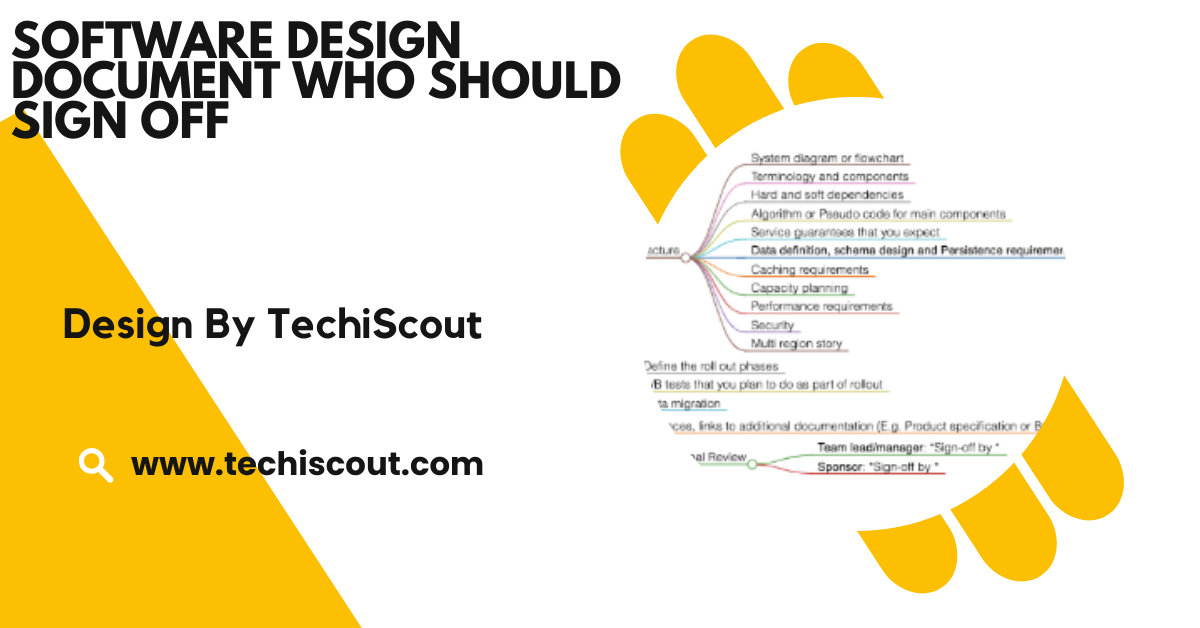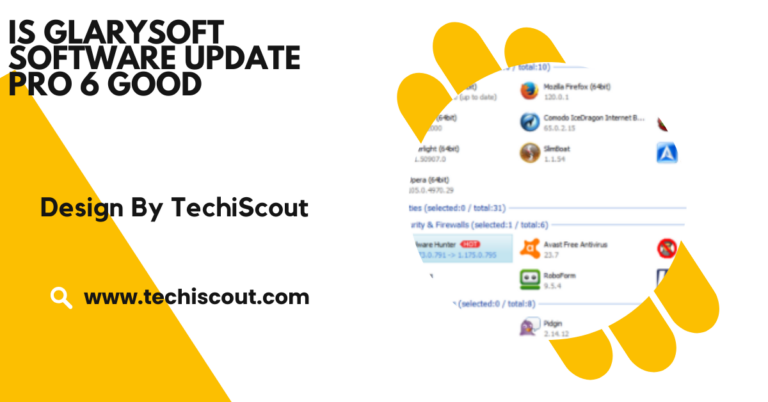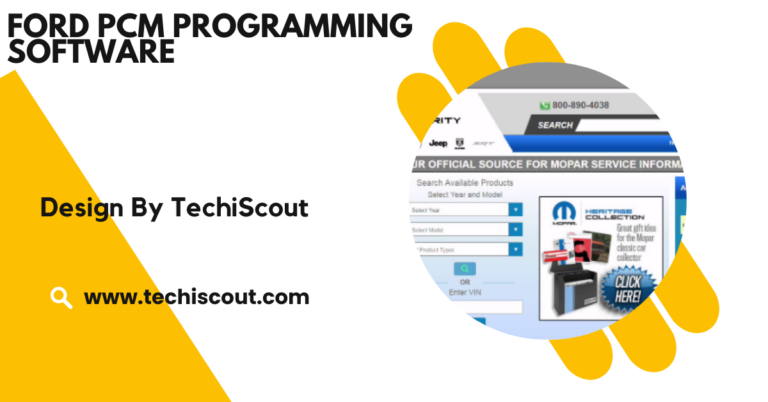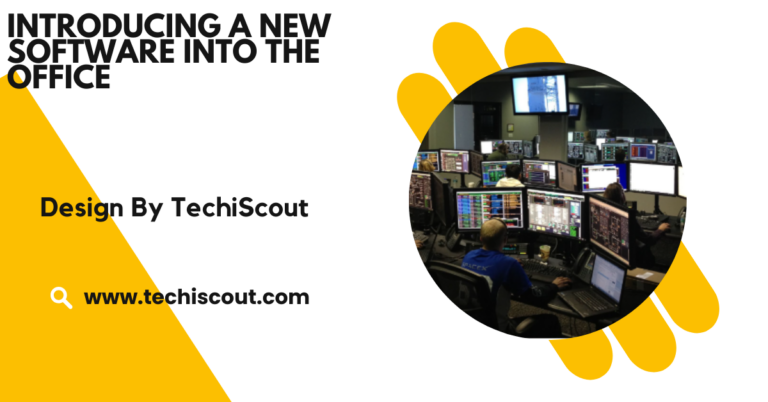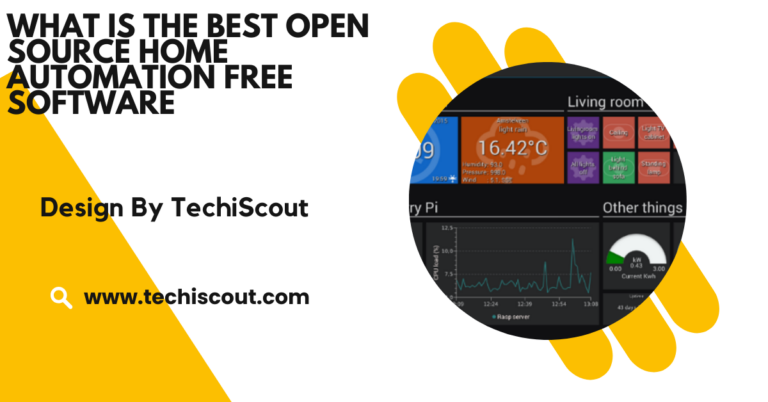Software Design Document Who Should Sign Off – Get Approval!
An SDD aligns stakeholders, and sign-off from key individuals ensures project success and direction.
This article explores the key stakeholders involved, their roles, and why their approval is crucial for project success.
Table of Contents
What Is a Software Design Document:

A Software Design Document defines how a software system is structured and functions. It bridges the gap between high-level business requirements and the technical implementation by providing detailed design specifications.
Key Components of an SDD:
- Introduction: Purpose, scope, and overview of the system.
- System Overview: High-level architecture and functionality.
- Design Considerations: Constraints, assumptions, and dependencies.
- System Architecture: Diagrams and descriptions of components and their interactions.
- Detailed Design: Specifics of modules, algorithms, and data structures.
- Interface Design: APIs, user interfaces, and external system interactions.
- Testing Plan: Proposed methods for verifying the design.
Why Is Sign-Off Important:
Sign-off on an SDD signifies that all stakeholders agree on the design before development begins. It minimizes misunderstandings, ensures alignment with business goals, and prevents costly rework. Without proper approval, teams risk deviating from the project’s objectives, leading to delays, budget overruns, and suboptimal results.
Who Should Sign Off on an SDD:
The responsibility for approving an SDD depends on the project’s size, scope, and complexity. However, the following key stakeholders should typically be involved:
Project Manager:
The Project Manager (PM) is responsible for overseeing the project lifecycle, ensuring that timelines, budgets, and deliverables are met.
Role in SDD Approval:
- Ensures the design aligns with the project’s scope and timeline.
- Confirms that the design supports the overall project objectives.
Why Their Approval Matters: The PM ensures the design is realistic and achievable within the given constraints, avoiding future roadblocks.
Product Owner or Business Analyst:
The Product Owner (PO) or Business Analyst (BA) represents the customer’s needs and ensures that the system delivers value.
Role in SDD Approval:
- Verifies that the design meets business requirements and user needs.
- Confirms alignment with the product vision and goals.
Why Their Approval Matters: Their sign-off guarantees that the design satisfies customer requirements and supports the intended functionality.
Technical Lead or Software Architect:
The Technical Lead (TL) or Software Architect is the primary designer and technical authority for the project.
Role in SDD Approval:
- Validates the technical feasibility and soundness of the design.
- Ensures that the design adheres to coding standards and best practices.
Why Their Approval Matters: Their expertise ensures that the design is technically robust, scalable, and aligned with the organization’s technology stack.
Development Team:
The Development Team is responsible for implementing the design into a working system.
Role in SDD Approval:
- Reviews the feasibility and clarity of the design.
- Confirms that the design is implementable within the project’s constraints.
Why Their Approval Matters: Their input ensures that the design is practical and does not include ambiguous or overly complex elements.
Quality Assurance Lead:
The Quality Assurance (QA) Lead ensures that the final product meets quality standards.
Role in SDD Approval:
- Validates that the design includes provisions for testing and quality control.
- Reviews test plans and criteria included in the SDD.
Why Their Approval Matters: Their approval ensures that the system can be adequately tested, reducing the risk of defects and ensuring a high-quality product.
Operations or DevOps Team:
The Operations or DevOps Team oversees system deployment, scalability, and maintenance.
Role in SDD Approval:
- Evaluates the design for operational feasibility and scalability.
- Confirms that deployment and monitoring requirements are addressed.
Why Their Approval Matters: Their sign-off ensures that the system can be efficiently deployed, monitored, and maintained post-launch.
Security Team:
For projects involving sensitive data, the Security Team plays a vital role in ensuring compliance with security standards.
Role in SDD Approval:
- Reviews the design for potential vulnerabilities and risks.
- Confirms adherence to security policies and regulations.
Why Their Approval Matters: Their input protects the system from potential security threats, ensuring compliance with industry standards.
Stakeholders or Clients:
The Stakeholders or Clients are the end beneficiaries of the project.
Role in SDD Approval:
- Provide feedback on whether the design meets business goals and expectations.
- Approve the design from a strategic perspective.
Why Their Approval Matters: Their sign-off reflects confidence that the design aligns with business objectives and customer expectations.
Read More: Software Publisher Error Vscode Publisher
Best Practices for Getting Sign-Off:
Obtaining sign-off on an SDD can be a complex process. Here are some best practices to streamline the process:
Engage Stakeholders Early:
Involve key stakeholders from the beginning of the design process to ensure their concerns are addressed.
Use Clear and Concise Language:
Avoid technical jargon that non-technical stakeholders may not understand. Use visuals like flowcharts and diagrams to enhance clarity.
Conduct Review Meetings:
Organize review sessions to discuss the SDD, address questions, and resolve concerns collaboratively.
Incorporate Feedback Iteratively:
Allow stakeholders to provide feedback during the drafting phase, making it easier to gain final approval.
Leverage Collaboration Tools:
Use tools like Confluence, Jira, or Google Docs to facilitate real-time collaboration and maintain version control.
Document Approvals:
Maintain a record of who signed off on the document and when. This creates accountability and serves as a reference in case of disputes.
FAQ’s:
1. What is a Software Design Document (SDD)?
An SDD is a detailed blueprint that outlines the system architecture, components, modules, and interfaces for a software project.
2. Why is sign-off on the SDD important?
Sign-off ensures alignment between stakeholders, guarantees the design meets business goals, and prevents costly rework during development.
3. Who should sign off on the Software Design Document?
Key stakeholders such as the Project Manager, Product Owner, Technical Lead, Development Team, QA Lead, and Security Team should sign off on the SDD.
4. How do you streamline the sign-off process?
Engage stakeholders early, use clear language and visuals, conduct review meetings, and document approvals to make the sign-off process smoother.
5. What challenges can arise during the sign-off process?
Conflicting priorities, lack of technical understanding, and delays in feedback can hinder the sign-off process, but can be addressed with effective communication and collaboration.
Conclusion
The Software Design Document is the backbone of a successful software development project. Its sign-off ensures that all stakeholders are aligned on the project’s objectives, technical feasibility, and business value. By involving the right stakeholders—Project Managers, Product Owners, Technical Leads, Developers, QA Leads, Operations, Security Teams, and Clients—you can ensure a smooth transition from design to implementation.
Related Articles:
- Read More: Introducing a New Software into the Office
- Read More: Corsair Keyboard Software
- Read More: How I Get Network Driver Software Fron Win 98 Drive
